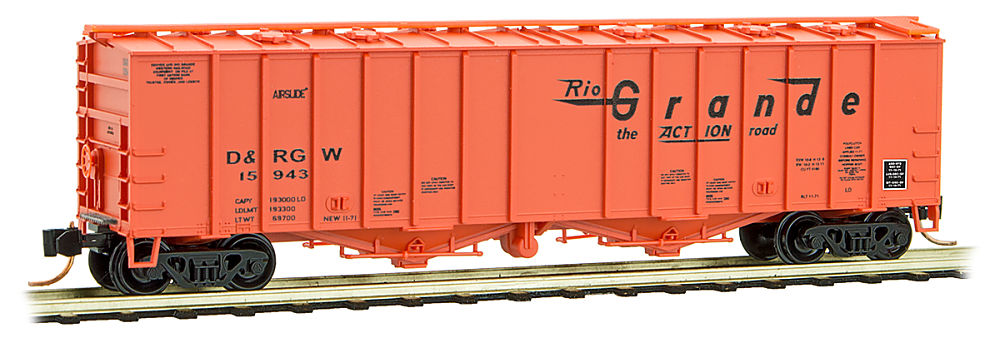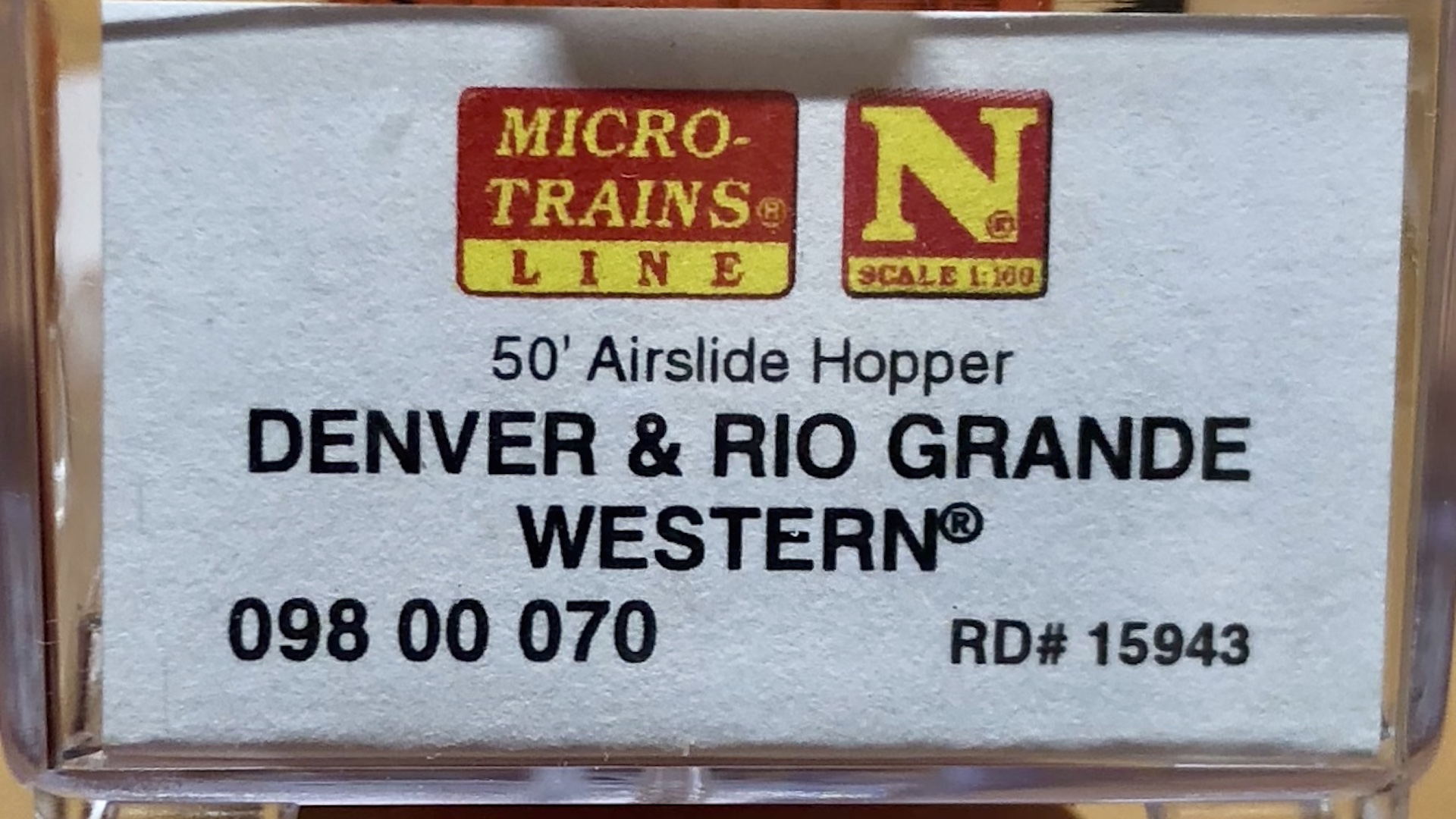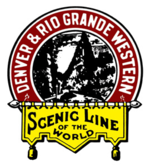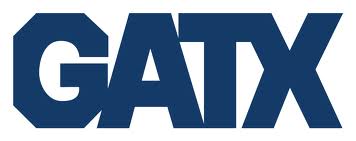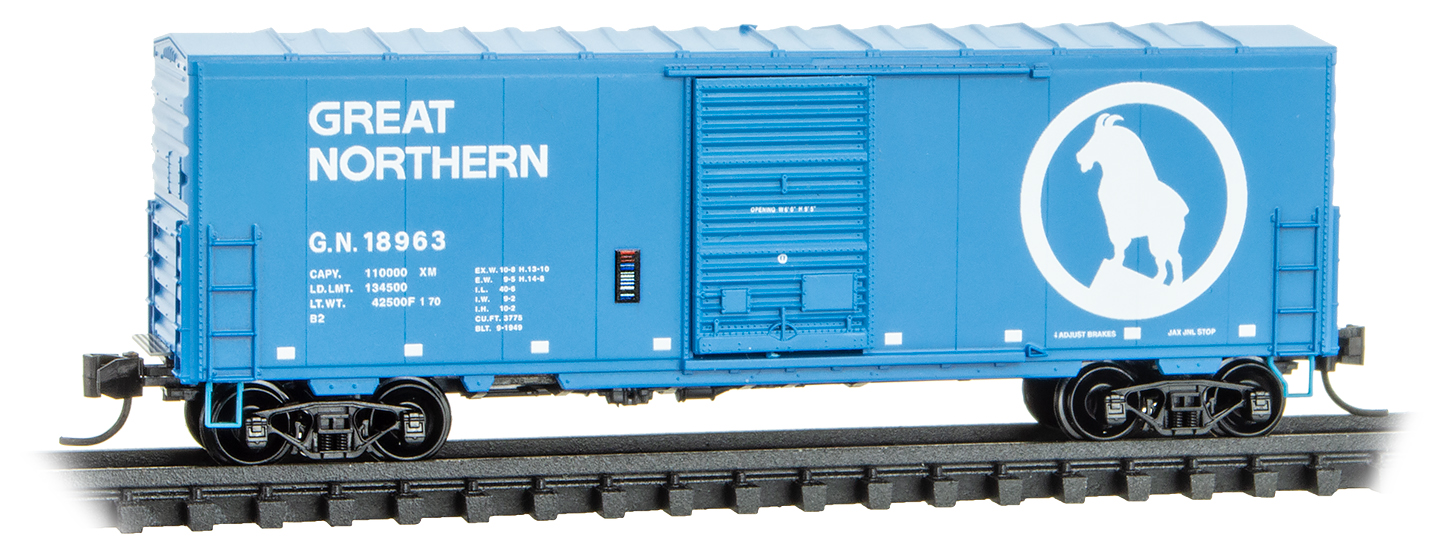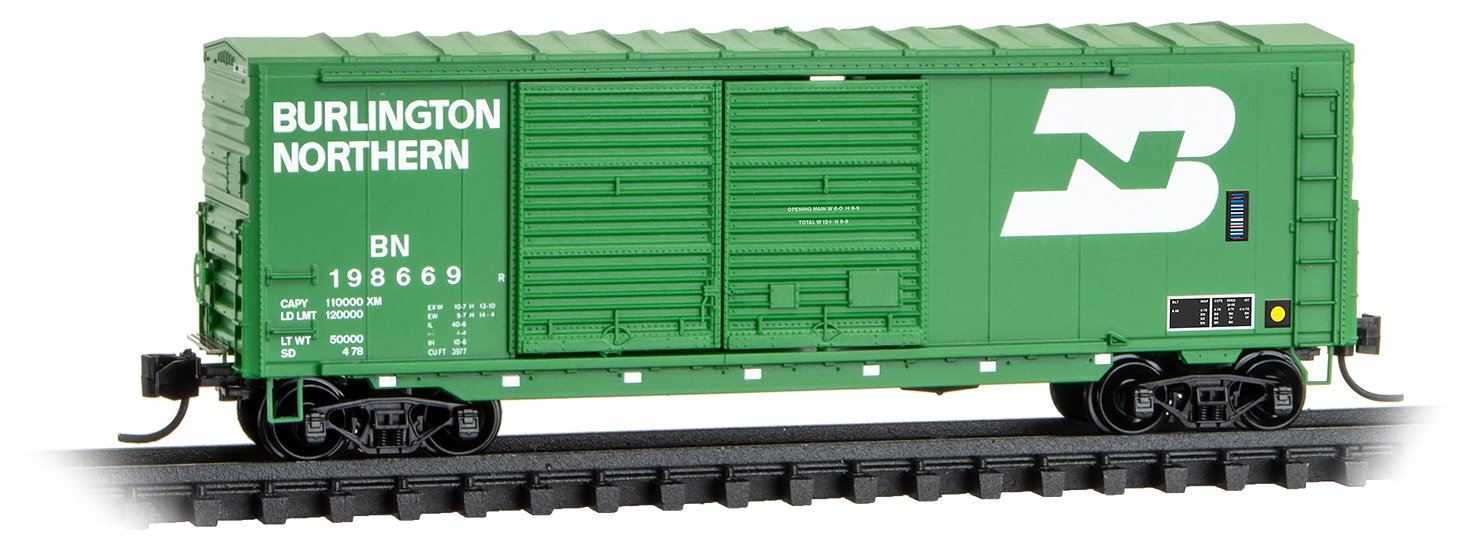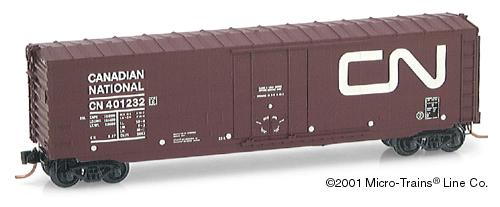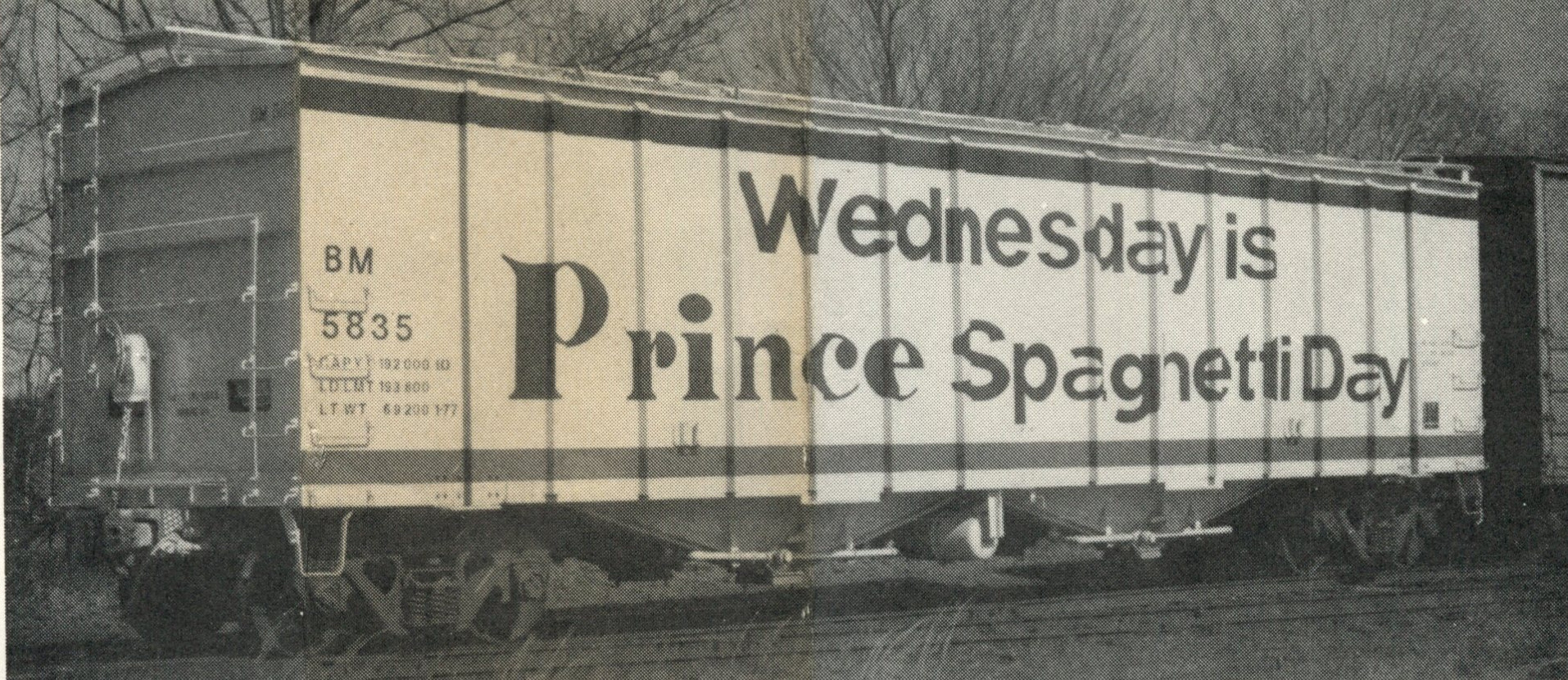Specific Item Information: This 50’ airslide hopper is orange with black lettering and runs on 100-ton Barber Roller Bearing trucks. Built in November of 1971, this car was designed for use with fine-grained commodities, like powdered sugar. A special epoxy lining prevented settling and packing en-route, which could make unloading difficult.
Model Information: This is Micro-Trains model of the GATX 4180 c.f. covered Airslide hopper.
Prototype History: The first Airslide covered hopper was introduced by General American Transportation Corporation (GATX) in 1953 and had a capacity of 2600 cubic feet. The Airslide is primarily designed for the bulk shipment of dry, granular or powdered commodities. The design of that car is such that it can be loaded and unloaded quickly and with little spillage through the use of air pressure. The most common commodities carried include: flour, sugar, starch, plastic pellets, cement, powdered chemicals and carbon black.
Due to customer demand for larger covered hoppers capable of handling bulk commodities, General American Transportation Corporation introduced the larger 4180 c.f. model in 1963. GATX produced more than 5,000 of the 4180 cubic foot Airslide covered hoppers between 1963 and 1980. These very common cars continued General American’s “Airslide” family innovations from the 1950s, and proved valuable to bulk shippers who wanted a larger car than the earlier-design 2600 cubic foot cars provided.
Due to customer demand for larger covered hoppers capable of handling bulk commodities, General American Transportation Corporation introduced the larger 4180 c.f. model in 1963. GATX produced more than 5,000 of the 4180 cubic foot Airslide covered hoppers between 1963 and 1980. These very common cars continued General American’s “Airslide” family innovations from the 1950s, and proved valuable to bulk shippers who wanted a larger car than the earlier-design 2600 cubic foot cars provided.
Road Name History: The Denver & Rio Grande Western Railroad (reporting mark DRGW), often shortened to Rio Grande, D&RG or D&RGW, formerly the Denver & Rio Grande Railroad, was an American Class I railroad company. The railroad started as a 3 ft (914 mm) narrow gauge line running south from Denver, Colorado in 1870. It served mainly as a transcontinental bridge line between Denver, and Salt Lake City, Utah.
In 1988, the Rio Grande's parent corporation, Rio Grande Industries, purchased Southern Pacific Transportation Company, and as the result of a merger, the larger Southern Pacific Railroad name was chosen for identity. The Rio Grande operated as a separate division of the Southern Pacific, until that company was acquired by the Union Pacific Railroad. Today, most former D&RGW main lines are owned and operated by the Union Pacific while several branch lines are now operated as heritage railways by various companies.
In 1988, the Rio Grande's parent corporation, Rio Grande Industries, purchased Southern Pacific Transportation Company, and as the result of a merger, the larger Southern Pacific Railroad name was chosen for identity. The Rio Grande operated as a separate division of the Southern Pacific, until that company was acquired by the Union Pacific Railroad. Today, most former D&RGW main lines are owned and operated by the Union Pacific while several branch lines are now operated as heritage railways by various companies.
Brand/Importer Information: Micro-Trains is the brand name used by both Kadee Quality Products and Micro-Trains Line. For a history of the relationship between the brand and the two companies, please consult our Micro-Trains Collector's Guide.
Manufacturer Information:  Micro-Trains Line split off from Kadee Quality Products in 1990. Kadee Quality Products originally got involved in N-Scale by producing a scaled-down version of their successful HO Magne-Matic knuckle coupler system. This coupler was superior to the ubiquitous 'Rapido' style coupler due to two primary factors: superior realistic appearance and the ability to automatically uncouple when stopped over a magnet embedded in a section of track. The success of these couplers in N-Scale quickly translated to the production of trucks, wheels and in 1972 a release of ready-to-run box cars.
Micro-Trains Line split off from Kadee Quality Products in 1990. Kadee Quality Products originally got involved in N-Scale by producing a scaled-down version of their successful HO Magne-Matic knuckle coupler system. This coupler was superior to the ubiquitous 'Rapido' style coupler due to two primary factors: superior realistic appearance and the ability to automatically uncouple when stopped over a magnet embedded in a section of track. The success of these couplers in N-Scale quickly translated to the production of trucks, wheels and in 1972 a release of ready-to-run box cars.
Micro-Trains Line Co. split off from Kadee in 1990 to form a completely independent company. For this reason, products from this company can appear with labels from both enterprises. Due to the nature of production idiosyncrasies and various random factors, the rolling stock from Micro-Trains can have all sorts of interesting variations in both their packaging as well as the products themselves. When acquiring an MTL product it is very important to understand these important production variations that can greatly enhance (or decrease) the value of your purchase.
Please consult our Micro-Trains Collector's Guide

Micro-Trains Line Co. split off from Kadee in 1990 to form a completely independent company. For this reason, products from this company can appear with labels from both enterprises. Due to the nature of production idiosyncrasies and various random factors, the rolling stock from Micro-Trains can have all sorts of interesting variations in both their packaging as well as the products themselves. When acquiring an MTL product it is very important to understand these important production variations that can greatly enhance (or decrease) the value of your purchase.
Please consult our Micro-Trains Collector's Guide
Item created by: gdm on 2017-08-30 14:19:53. Last edited by George on 2024-01-26 20:29:06
If you see errors or missing data in this entry, please feel free to log in and edit it. Anyone with a Gmail account can log in instantly.
If you see errors or missing data in this entry, please feel free to log in and edit it. Anyone with a Gmail account can log in instantly.


